Seoul, April 21
North Korea will immediately suspend nuclear and missile tests and scrap its nuclear test site and instead pursue economic growth and peace, the North’s state media said on Saturday, ahead of planned summits with South Korea and the United States.North Korean leader Kim Jong Un said his country no longer needed to conduct nuclear tests or intercontinental ballistic missile tests because it had completed its goal of developing nuclear weapons, the Korean Central News Agency (KCNA) said.North Korea said that to create an “international environment favourable” for its economy, it would “facilitate close contact and active dialogue” with neighbouring countries and the international community.It was the first time Kim directly addressed his position on North Korea’s nuclear weapons programmes ahead of planned summits with South Korean President Moon Jae-in next week and with US President Donald Trump in late May or early June.The pledge to halt the development of nuclear weapons, initiated by his grandfather and continued by his father, would mean a significant reversal for the young, third-generation leader, now 34, who has staked his security on his nuclear arsenal and spent years celebrating such weapons as an integral part of his regime’s legitimacy and power.A testing freeze and commitment to close a test site alone would fall short of Washington’s demand that Pyongyang completely dismantle all of its nuclear weapons and missiles.But announcing the concessions now, rather than during summit meetings, shows Kim is serious about denuclearisation talks, experts say.”The northern nuclear test ground of the DPRK will be dismantled to transparently guarantee the discontinuance of the nuclear test,” KCNA said after Kim convened a plenary session of the Central Committee of the ruling Worker’s Party on Friday.The North’s official name is the Democratic People’s Republic of Korea (DPRK).The Pyunggye-ri site in northern North Korea is its only known nuclear test site, where all of its six underground tests were conducted, including the last, its largest-ever detonation, in September.”We will concentrate all efforts on building a powerful socialist economy and markedly improving the standard of people’s living through the mobilisation of all human and material resources of the country,” KCNA said.Trump welcomed the statement and said he looked forward to a summit with Kim.”North Korea has agreed to suspend all Nuclear Tests and close up a major test site. This is very good news for North Korea and the World – big progress! Look forward to our Summit,” Trump said on Twitter.South Korea said the North’s decision signified “meaningful” progress toward denuclearisation of the Korean peninsula and would create favourable conditions for successful meetings with it and the United States.Japanese Prime Minister Shinzo Abe said he welcomed North Korea’s statement but it must lead to verifiable denuclearisation.”This announcement is forward motion that I’d like to welcome,” Abe told reporters. “But what’s important is that this leads to complete, verifiable denuclearisation. I want to emphasise this.”The United States, Japan and South Korea have historically been the main targets of North Korea’s anger.”We’re all looking for evidence that Kim is really serious about negotiations, and announcements like this certainly suggest he is, and that he is trying to make clear to the world that he is,” said David Wright, co-director of the Global Security Program at the Union of Concerned Scientists.
Fears of war
North Korea has said its nuclear and missile programmes are necessary deterrents against US hostility. It has conducted numerous missile tests with the aim of being able to hit the United States with a nuclear bomb.The tests and escalating rhetoric between Trump and Kim raised fears of war until, in a New Year’s speech, the North Korean leader called for reduced military tensions.He later improved ties with South Korea and sent a delegation to the Winter Olympics in the South in February.Nam Sung-wook, professor of North Korean Studies at Korea University in Seoul, said it was “sensational” that Kim had personally declared plans to suspend nuclear development, but added that his remarks left a number of questions.”It still does not seem clear if it means whether the North will just not pursue further development of its nuclear programmes in the future, or whether they will completely shut down ‘all’ nuclear facilities. And what are they going to do with their existing nuclear weapons?” Nam said.South Korean President Moon said on Thursday North Korea had expressed a commitment to “complete denuclearisation” of the Korean peninsula, and had not attached conditions, but Washington had remained wary and vowed to maintain “maximum pressure” on Pyongyang.The United States said on Thursday that in the run-up to Trump’s planned summit with Kim, countries should continue to put financial and diplomatic pressure on Pyongyang to surrender its banned nuclear weapons.Many US officials and experts doubt Kim’s sincerity about denuclearising, viewing the recent flurry of diplomacy as a ploy to win relief from economic sanctions.UN Security Council sanctions imposed on North Korea after its first nuclear test in 2006 and extended over the past decade have aimed to deny it a considerable amount of international trade, banning critical exports such as coal, iron ore, seafood, textile while limiting oil imports.That has threatened the policy of “byungjin” – simultaneous military and economic development – that Kim Jong Un has adopted since taking power in late 2011.”Easing tensions and cooperating with the international community is critical if Kim wanted to advance the economy,” said Cheong Seong-chang, a senior fellow at the Sejong Institute think-tank south of Seoul.Koh Yu-hwan, professor of North Korean Studies at Dongguk University in Seoul, said he did not believe Pyongyang was ready to give up its existing nuclear weapons and missiles.”Kim is just saying that now that the nuclear development is complete, he will put all the efforts toward building an economy,” Koh said.
Reuters





















































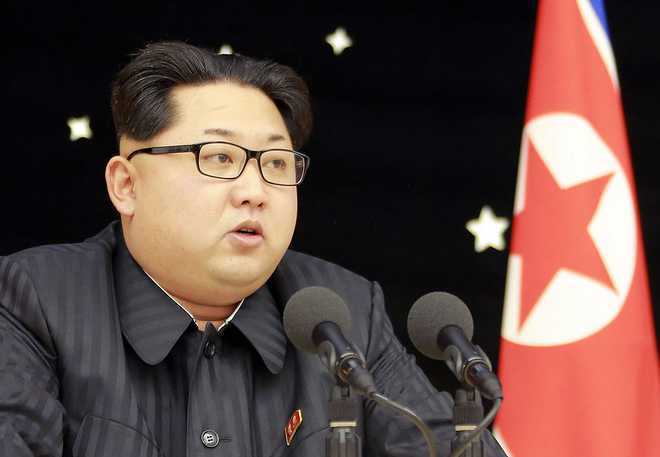


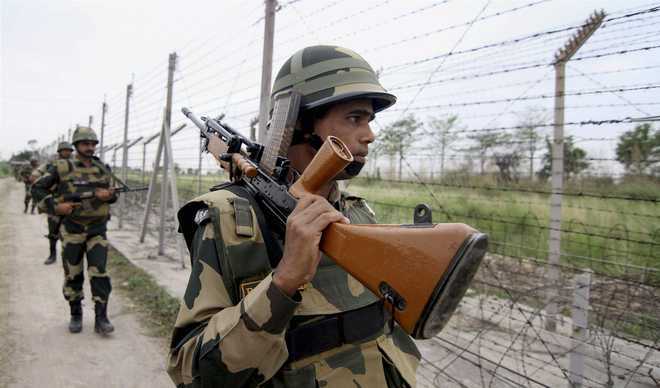
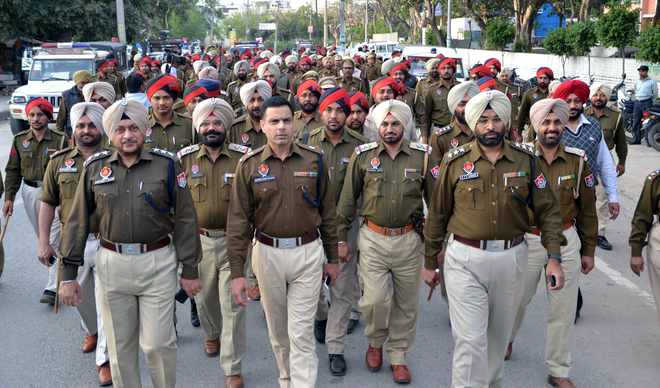
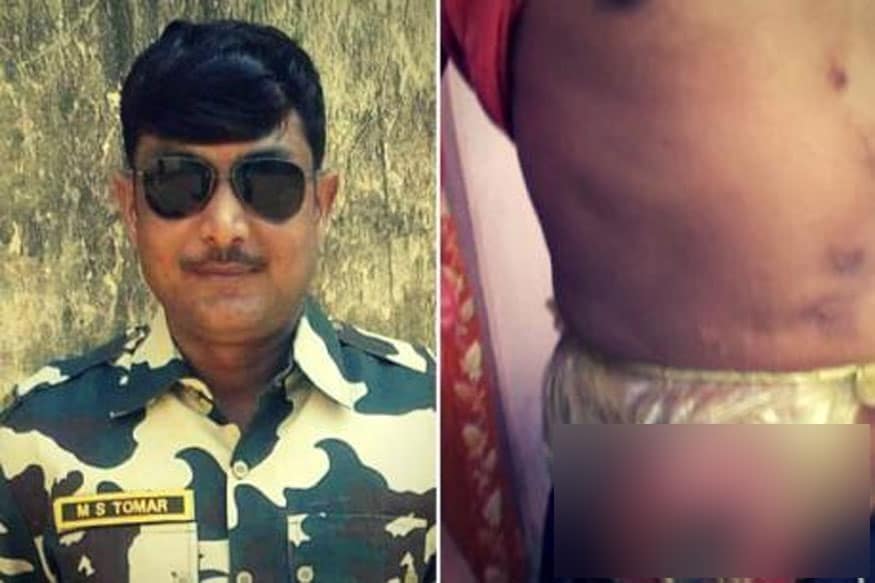
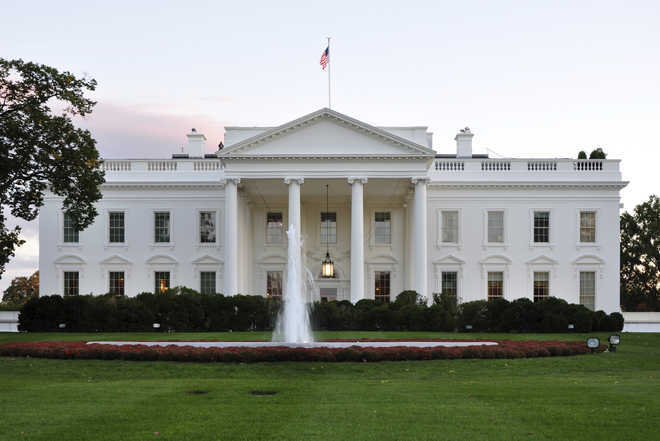
 PIB
PIB

























































